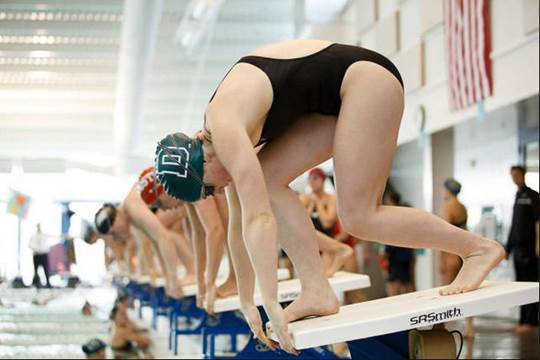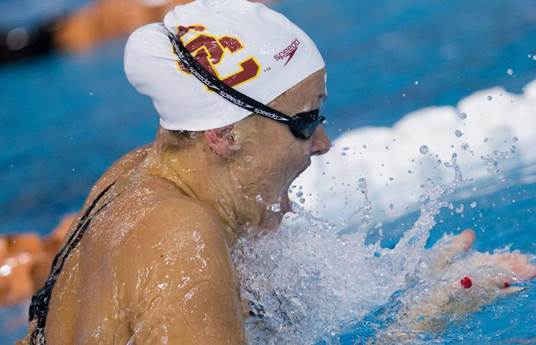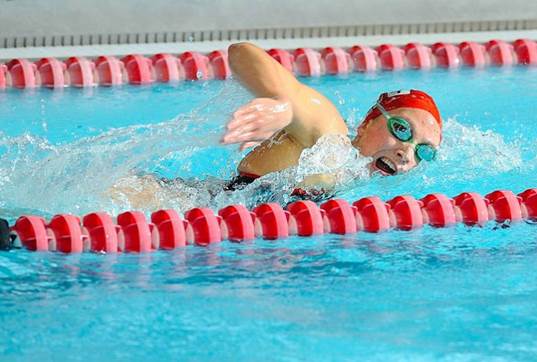As a low-impact, whole-body workout,
swimming is hard to beat. It’s also a great form of cross-training for marathon
runners
There are no real secrets when it comes to
boosting your marathon skills. To speed up over distance, you run a lot. But
running is a high-impact sport and we’re not all built to do it regularly. In
fact, figures in the American Journal of Sports Medicine show that up to 56 per
cent of runners get injured every year.

There
are no real secrets when it comes to boosting your marathon skills.
Luckily, there’s a loophole. For runners
who want to increase training volume, without upping their risk of injury, cross-training
and swimming, in particular is key. ‘Swimming is great for runners,’ says
former Olympic swimmer and Speedo ambassador, Karen Pickering (speedo.com). ‘It
offers the same aerobic benefits as jogging without any of the negative impact
effects plus it can be tailored to work run-specific muscles.’
And that’s just the physical payoff. Pool
sessions help bust training boredom and bolster motivation, too. Want to try
it? Hit the pool once or twice a week, with one of the three sessions below, or
Pickering’s six-week training plan (right).
1.
Endurance booster
You don’t need to be a pro swimmer to reap
running rewards in the water! To bolster endurance and calorie burn, rather
than increase muscle mass and power, swim, kick or even doggy-paddle up and down
the pool at a moderate intensity. ‘Steady-state swimming is great for building
cardiovascular fitness,’ says Pickering. ‘This doesn’t mean you don’t change
pace or vary strokes, but putting on an MP3 player and doing continuous laps is
great for improving stamina.’ As a bonus, swimming also boosts your lungs’
ability to deliver oxygen to muscles. To give your lungs the ultimate test, add
in some underwater laps.

You
don’t need to be a pro swimmer to reap running rewards in the water!
2.
Recovery helper
We know what you’re thinking – ‘How the heck am I going to fit
another training session into my marathon schedule?’ The short answer is
‘don’t’. Pickering recommends marathoners swim the day after a hard run or
race, instead of going for another jog. Why? Because research shows that
swimming is one of the best ways to recover from a tough session. One study
published in the International Journal of Sports Medicine found that swimming
for recovery is associated with lower levels of creative protein, a marker of
post-exercise inflammation, 24 hours after an interval run. Convinced yet?

‘How
the heck am I going to fit another training session into my marathon schedule?’
3.
Strength enhancer
One of the main benefits of swimming is
that it works your entire body, but it can also target specific muscle groups.
‘If you can’t get out on the roads due to bad weather, work your legs in the
pool,’ says Pickering. ‘Simply grab a kickboard and do some lengths of
kicking.’ Alternatively, aqua jogging is one of the best running-replacement
activities. In fact, a University of Toledo study revealed that runners on a
water jogging schedule showed no change in V02 max, 5K-race time,
lactate threshold or running economy, even after a month without land running.
To give your legs a rest, use a pull buoy between your knees and do arm work.